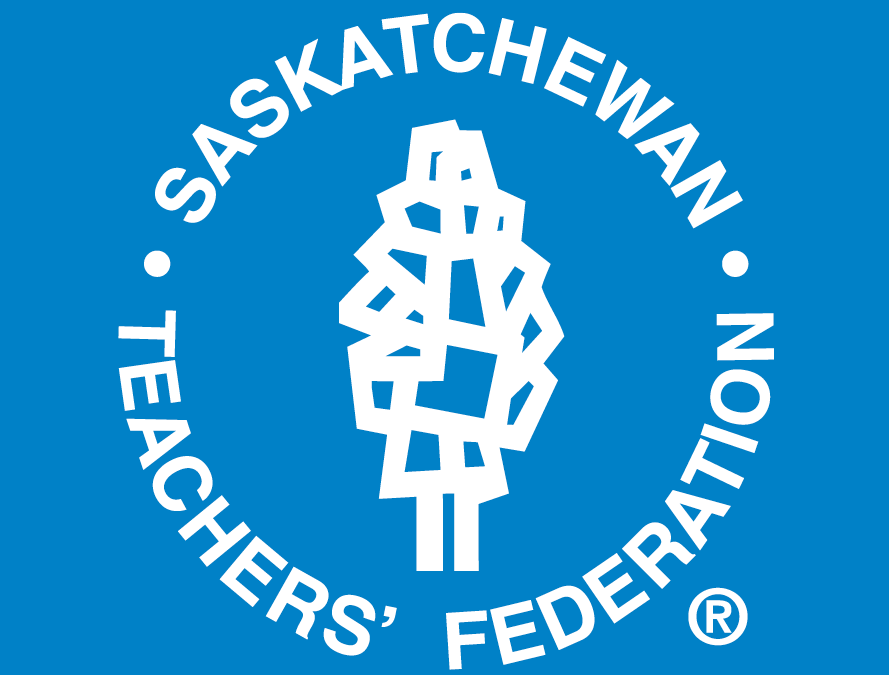The Saskatchewan Teachers’ Federation is putting a push on incorporating Indigenous language in public schools.
Recently, representatives from the federation met with leaders all over Saskatchewan to determine the importance of language restoration.
A press release issued by the Saskatchewan Teachers’ Federation states that half of school-aged Indigenous children that live off reserve attend public schools.
It is suggested that to narrow the gap between Indigenous and non-Indigenous graduation rates, the government needs to support language instruction.
“We know that there is a push to restore First Nation and Metis culture in our schools,” says Saskatchewan Teachers’ Federation President, Patrick Maze. “For our students, their success in school is contingent in many situations on restoring culture, and of course, language is the cornerstone of culture.”
Maze adds that it is time that the government steps up and makes an investment in languages now, so an apology will not need to be issued in years from now when they are lost.
“Cree is probably the most popular Indigenous language in Saskatchewan, it’s still on an endangered list of Saskatchewan languages,” says Maze. “It was in 2016 and Cree and Dene are both in the top five.”
It has not yet been decided at what age children should start language studies, but Maze says the sooner the better.
“Ideally, we would go out into the communities and find those people who are still speaking Indigenous languages,” explains Maze. “In Saskatchewan, it’s primarily Cree, Dene and Michif, and we will find those community members who are fluent in those languages and bring them into our schools.”
Maze adds that a full-on immersion program would be more beneficial to the students, rather than a more casual-style, which would not give them the confidence to participate in conversations.
(PHOTO: Saskatchewan Teachers’ Federation logo. Photo courtesy of Saskatchewan Teachers’ Federation.)
